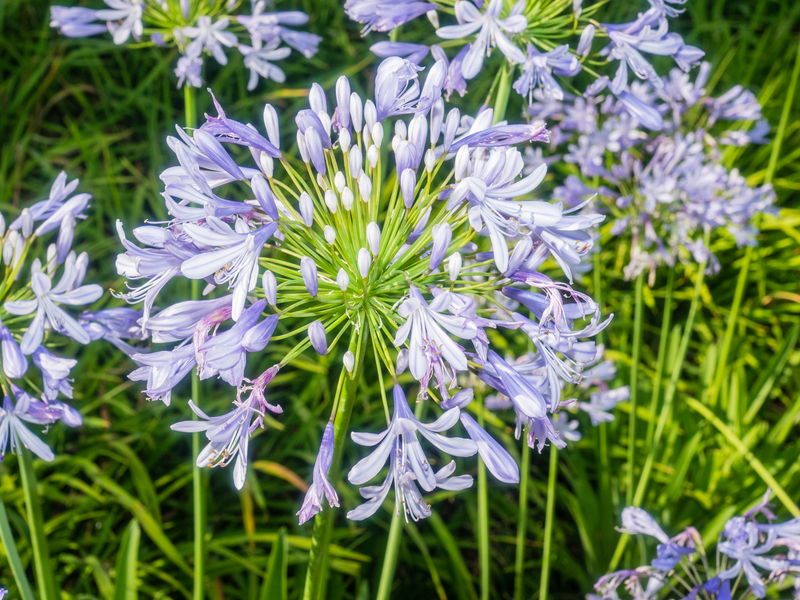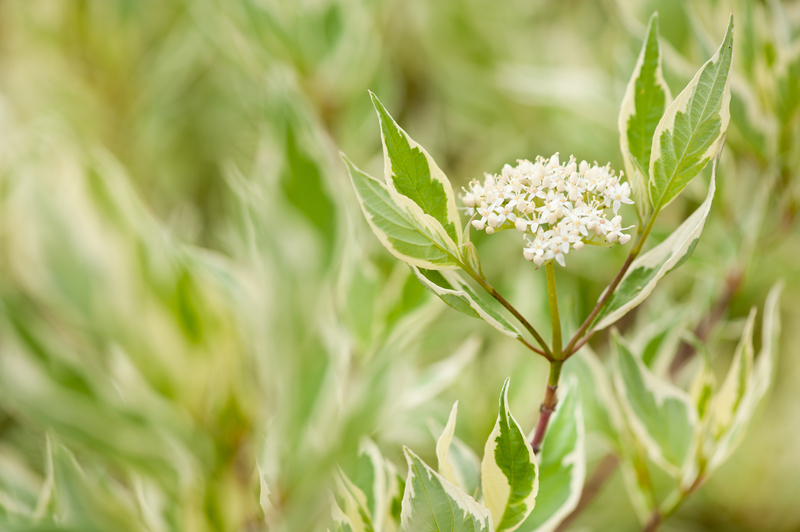First Steps to Revitalizing an Overrun Garden Space
Posted on 07/06/2025
First Steps to Revitalizing an Overrun Garden Space
A neglected garden can seem like an overwhelming task, but with the right approach, even the most overrun garden space can be transformed into a lush, thriving haven. Whether you've purchased a property with a wild jungle outside or simply let your previously manicured beds fall to weeds, this comprehensive guide will walk you through each stage. Read on to discover practical, actionable steps to reclaim and breathe new life into your garden.

Why Revitalizing a Neglected Garden Space Matters
An overrun garden space isn't just an eyesore--it can affect property value, invite pests, and make your outdoor space less enjoyable. By investing time and effort in garden revival, you not only enhance the visual appeal but also create a healthy environment for people, wildlife, and plants alike.
Assessing the Current Condition of Your Overrun Garden
Take a Walkthrough and Survey
Begin by walking through the entire area, observing the different zones, and making notes about what you see. Try to answer the following questions:
- What types of weeds have taken over?
- Are there any healthy plants left?
- Do you notice evidence of pests or diseases?
- Are any garden structures, patios, or fences damaged or in need of repair?
List and Photograph Everything
Photographing your neglected garden space from different angles will help you track progress and plan effectively. List the key problem areas and special features that may become focal points during the revitalization.
Soil Assessment
An overrun backyard may suffer from poor soil health. Consider:
- Soil testing for pH and nutrient levels (kits are available online and at garden centers)
- Checking for compacted soil, which will require aeration
- Noting signs of erosion or standing water
Essential Tools for Revitalizing an Overrun Outdoor Space
Reviving a neglected garden requires the right set of tools. Investing in basic yet sturdy garden implements will make your job significantly easier and faster. Ensure you have:
- Gloves (protect hands from thorns, brambles, and debris)
- Pruning shears and loppers
- Spade and shovel
- Garden fork and hoe
- Wheelbarrow
- Rake (both soil and leaf types)
- Trash bags or compost bins
- String trimmer or shears for lawn edging
Clearing Overgrowth: The Starting Point in Garden Restoration
Begin with Big, Bulky Plants
Your first major physical task in revitalizing an overrun garden space is clearing large overgrown shrubs, trees, or invasive vines. Remember to:
- Wear protective clothing and eye protection
- Cut shrubs and trees down to a manageable stump if full removal is planned
- Separate out any plant material that can be chipped for mulch or compost
Tackle Weeds and Brambles Next
With the large structures gone, focus on ground-level weeds, brambles, and invasive species. Heavily overrun backyard areas may require:
- Manual removal--pulling roots whenever possible
- Covering areas with cardboard, newspaper, or tarps to suppress regrowth
- Carefully applying targeted herbicides--only if absolutely necessary and safe
Dispose Responsibly
Check local guidelines on green waste disposal. Compost healthy plant debris and use municipal pickup services for diseased or invasive plants.
Reclaiming and Repairing Hard Features
Pathways, patios, arbors, trellises, and fences often get lost in an overgrown garden. Clear these first and assess for needed repairs:
- Scrub away moss and dirt from hardscape surfaces
- Replace or mend broken boards or panels
- Clear encroaching roots and plants from garden features
Improving the Soil: Foundation for a Flourishing Garden
Remove Debris and Old Mulch
Expired mulch, thick layers of leaves, and plant debris can prevent water and nutrients from reaching roots. Rake and gently remove these layers to expose the actual soil.
Amend the Soil
Once cleared, focus on restoring soil health:
- Incorporate compost or well-rotted manure to add organic matter
- Use a garden fork to aerate compacted soil
- Correct pH imbalances according to your earlier soil test
- Additional amendments (gypsum, lime, fertilizer) as needed
Healthy soil is vital for supporting new plant growth and maintaining a vibrant garden space.
Planning Your New Garden Layout
Review and Envision Your Space
Stand back and view your cleared garden. Visualize different zones, such as:
- Flower beds
- Vegetable patches
- Lawn area
- Seating or entertaining zones
- Wildlife corners or native plant areas
Create a Sketch
Draw a basic map--noting sun and shade, wind exposure, and proximity to water sources. This helps you plan where to place new features and what types of plants will thrive.
Strategic Replanting: Smart Choices for Success
Choose Easy-Care and Native Plants
When revitalizing a neglected garden space, stick with robust, low-maintenance plants while you rebuild your green thumb. Especially consider:
- Native varieties, which typically require less water and care
- Pest- and disease-resistant perennials
- Shrubs and groundcovers for quick ground recovery
Introduce Plants in Phases
You don't have to replant everything at once. Start with foundational shrubs or trees, add perennial flowers, then fill in gaps with annuals or ground cover.
Mulch and Water Wisely
Lay down new mulch to suppress weeds and conserve moisture. Water new plantings deeply, ensuring roots establish quickly.
Maintenance: Keeping Your Revitalized Garden Space Beautiful
Set Up a Simple Routine
Consistent maintenance prevents future overgrowth. Dedicate even 10-15 minutes per day or weekly focused sessions to:
- Weed removal
- Trimming and deadheading flowers
- Checking for pests or diseases
- Top up mulch as needed
Monitor and Adapt
Every garden is unique. Pay attention to plant health and weather patterns. Adapt your routine, adjust watering, mulch, or fertilizer as needed throughout the seasons.
Additional Tips for Restoring a Wild Garden Area
- Start Small: Don't attempt to renovate the entire space at once. Tackle one section or bed at a time.
- Invite Wildlife: Incorporate a birdbath, pollinator-friendly plants, or a small log pile for beneficial insects.
- Reduce Lawn Area: Consider replacing some grass with no-mow groundcovers or more flower beds for less maintenance.
- Compost On-Site: Build a simple compost bin to recycle plant debris and enrich your soil over time.
- Enlist Help: Reach out to friends, family, or local garden clubs for support and advice, especially for big projects.

Frequently Asked Questions: Revitalizing Overrun Gardens
How long does it take to restore an overrun garden space?
*This depends on the size of your garden and the extent of overgrowth. Smaller gardens can be cleared and replanted in a weekend, while larger spaces may take weeks or months. Pace yourself to avoid burnout.*
Should I hire a professional for garden restoration?
If your garden has invasive plants, dangerous trees, or severe landscaping issues, it may be wise to consult a landscaper or arborist. For most homeowners, the revival process can be completed DIY with research, patience, and persistence.
Can I reuse old, overgrown plants?
Sometimes! Mature shrubs or perennials may be pruned and relocated. Discard any plants with signs of disease or severe damage.
What's the best season to start revitalizing my garden?
Early spring or early autumn are ideal for clearing, soil work, and replanting. These seasons offer cooler temperatures, more rainfall, and less plant stress.
Conclusion: Transforming an Overgrown Garden Into a Personal Paradise
Revitalizing an overrun garden space is an achievable and deeply rewarding endeavor. The first crucial steps--from initial assessment, through clearing, soil improvement, planning, and phased replanting--lay the groundwork for a lush, vibrant landscape. With consistent maintenance and a bit of creativity, any neglected patch can become a beautiful outdoor retreat.
Ready to start your garden transformation journey? Begin with these first steps--and soon, you'll be enjoying a rejuvenated garden oasis!

